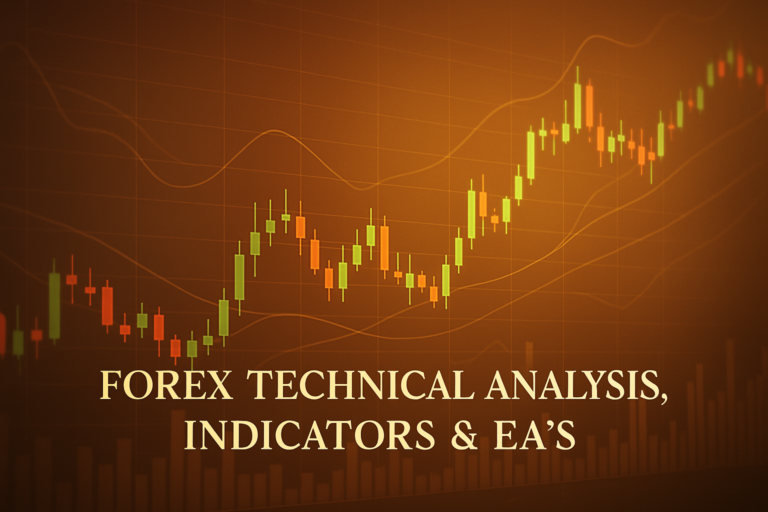
Slippage can significantly impact your Forex trading results. Understanding and managing it is key to successful trading.
Slippage is a common issue in Forex trading that can drastically affect your trading outcomes. It happens when there is a difference between the expected price of a trade and the actual price at which the trade is executed. This can occur in fast-moving markets, leading to unexpected losses or reduced profits for traders.
Both beginners and professional traders struggle with slippage. New traders may not fully understand how it works, while experienced traders often encounter it during high volatility periods. Understanding slippage is crucial for all traders as it can impact their overall trading strategy and profitability.
In Forex trading, the directional moving average is a useful tool. It helps traders make informed decisions by smoothing out price data. This can assist in identifying trends and potential slippage issues.
Understanding the Problem
Slippage occurs when a trader places an order, but the market price moves before the order is executed. This means your trade may be executed at a different price than expected. For instance, if you place a buy order for EUR/USD at 1.2000, but the price jumps to 1.2005 before the order is executed, you experience slippage. This can lead to higher costs or reduced profits.
Several factors contribute to slippage. Technical reasons can include server delays or system issues during high trading volume. Market-related reasons often involve economic news releases or geopolitical events causing rapid price movements. For example, if important economic data is released, many traders react quickly, leading to slippage. Imagine trying to buy a concert ticket online; if the website slows down during a high-demand moment, you may end up paying more than expected.
Solutions for Slippage
To deal with slippage effectively, traders can follow these steps:
Step 1: Choose the Right Broker
Not all brokers handle slippage the same way. Look for brokers that offer guaranteed stop-loss orders. These can protect your trades from unexpected price changes.
Step 2: Trade During Off-Peak Hours
Slippage is more common during busy market hours. Try trading during less volatile times when fewer traders are active.
Step 3: Use Limit Orders
Limit orders allow you to set a specific price for your trades. This way, you avoid slippage by ensuring you only enter at your desired price.
Step 4: Monitor Economic News
Stay updated on economic news that may cause high volatility. Avoid placing trades right before major announcements.
Step 5: Practice with a Demo Account
Before trading with real money, practice on a demo account. This helps you understand how slippage works without risking your funds.
For those facing issues like mt4 not connecting to broker server, it’s important to ensure your internet connection is stable and that your broker’s server is functioning well.
Frequently Asked Questions
How do I detect this issue in real-time? You can monitor slippage by comparing your expected trade price with the execution price. Many trading platforms display this information. If you notice frequent discrepancies, it’s likely you are experiencing slippage.
Can brokers legally do this? Yes, brokers can legally execute trades at different prices due to market conditions. However, they should inform you of their policies regarding slippage.
What tools can I use to prevent this? Look for trading platforms that offer features like guaranteed stop-loss orders or slippage protection. These tools can help you manage slippage risks.
Is this problem more common in specific market conditions? Yes, slippage is more frequent during high volatility periods such as economic news releases or geopolitical events. Awareness of these conditions can help you plan your trades more effectively.
Conclusion
Understanding slippage is essential for all Forex traders. By implementing the right strategies, you can effectively manage or avoid this issue. Stay informed and refine your trading strategies to improve your success.
Stay proactive in your trading journey! Knowledge is power, and with the right tools, you can conquer slippage and boost your trading confidence.
Recommended Next Steps
Here are some steps to further improve your trading regarding slippage:
- Educate Yourself: Read articles and guides on slippage and related topics.
- Experiment with Different Brokers: Test various brokers to find one that minimizes slippage.
- Join Trading Communities: Engage with other traders to share experiences and strategies.
- Practice Risk Management: Always set stop-loss orders to protect your capital.
Need more clarity on this concept? This article explains it in simple terms EToro Academy, FRED (St. Louis Fed)
Expand Your Knowledge
- 📌 Forex Trading Learning Road Map
- 📌 Forex Trading Course with no Fees
- 📌 Forex Trading Issues, Problems, and Solutions
- 📌 Forex Daily Forecast & Live Updates
- 📌 Forex Fundamental & News Analysis: Tomorrow’s Market Movers & Trade Opportunities
- 📌 Forex Education Hub: Learn & Profit
- 📌 Forex Technical Analysis, Indicators & EA’s
Start Trading Today
Ready to take your forex trading to the next level? Open an account with Exness, one of the most trusted platforms in the industry. 👉 Sign Up Now and trade with confidence!
My recommended broker stands out with ultra-low spreads for beginners, instant withdrawals, and zero spread accounts for pro traders.
Trusted since 2008, lightning-fast execution, no hidden fees, and a secure, transparent trading environment—giving you the edge you need to succeed. 🚀
YouTube Video Library: Related Videos
Note: The video above is embedded from YouTube and is the property of its original creator. We do not own or take responsibility for the content or opinions expressed in the video.




